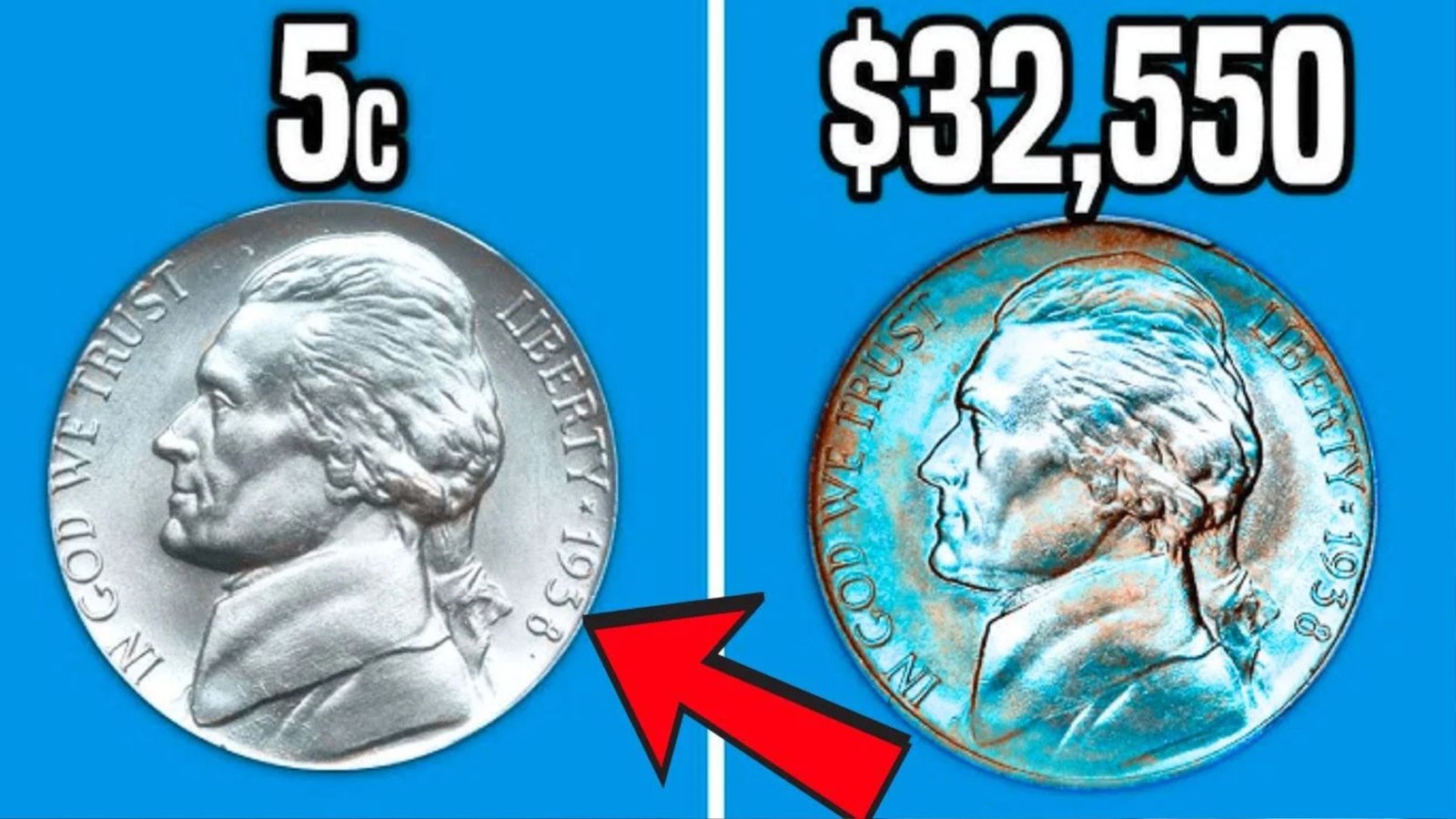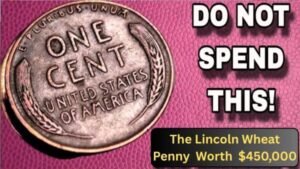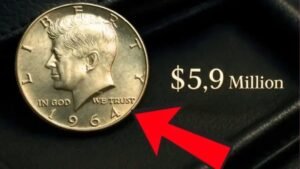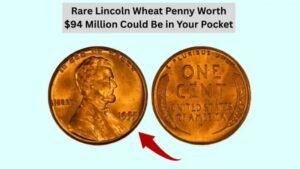Imagine finding a nickel in your pocket change that’s worth thousands—or even millions! The 1943-P Jefferson Nickel, minted during World War II, has become one of America’s most valuable coins due to its unique history and rare features. This five-cent coin, originally made to help the war effort, is now a treasure for collectors, with some fetching prices as high as $1.8 million at auctions in 2025. From its silver alloy to rare minting errors, this wartime nickel tells a story of American resilience. Let’s explore why this coin is so special, how to spot one, and why you should check your change for this hidden gem!
The Story Behind the War-Era Jefferson Nickel
The Jefferson Nickel, first minted in 1938, honors America’s third president, Thomas Jefferson. During World War II (1942–1945), the U.S. needed nickel for military equipment like tanks and weapons. To save this metal, the U.S. Mint changed the coin’s makeup, creating what collectors call “Silver War Nickels.” These coins, made from 35% silver, 56% copper, and 9% manganese, were a wartime necessity. The 1943-P Jefferson Nickel, struck at the Philadelphia Mint, stands out because it was the first time the mint added a “P” mark above Monticello on the back, making it easy to spot.
A Symbol of Wartime Sacrifice
The Silver War Nickels were more than just money—they showed how America adapted during tough times. Millions of these coins were minted, and many are still in circulation, hiding in coin jars or cash registers. Their historical significance and rarity, especially those with errors, make them a favorite among coin collectors today.
Why Is the 1943-P Jefferson Nickel So Valuable?
The 1943-P Jefferson Nickel is prized for its unique features and rare mistakes made during production. Here’s what drives its value:
Rare Minting Errors
- 3-over-2 Error: Some 1943-P nickels have a faint “2” under the “3” in the date, caused when a 1942 die was reused. These coins can sell for over $10,000 in top condition.
- Doubled Die Error: A few coins show doubled text or images, like Jefferson’s eye, due to a stamping mistake. One such coin was valued at $8 million recently.
- Full Steps: Coins with clear, unbroken steps on Monticello’s image are rare and can fetch $10,000–$30,000 in near-perfect condition (MS68).
Silver Content
Each war nickel contains about 0.056 ounces of silver, giving it value beyond its five-cent face value, especially as silver prices rise. Collectors also seek them for their historical and collectible appeal.
How to Spot a Valuable War-Era Jefferson Nickel
Finding a rare Jefferson Nickel could turn your spare change into a small fortune. Here’s how to check:
Key Features to Look For
- Date and Mint Mark: Look for “1943-P” on the front and a large “P” above Monticello on the back.
- 3-over-2 Error: Use a magnifying glass to spot a faint “2” under the “3” in the date.
- Silver Shine: War nickels have a silvery look due to their 35% silver content, unlike regular nickels.
- Condition: Coins with sharp details and no wear (called “mint condition”) are worth more.
- Get It Graded: Take suspected rare coins to a professional grading service like PCGS or NGC for authentication.
Where to Find Them
These nickels can still appear in everyday places like coin rolls from banks, old piggy banks, or estate sales. A recent find in Boise, Idaho, where a 1943-P silver nickel sold for $1.8 million, proves treasures are still out there
Table: Difficult Words Explained in Simple Terms
| Term | Simple Explanation |
|---|---|
| Numismatics | The hobby of collecting and studying coins. |
| Mint Mark | A letter (like “P” for Philadelphia) showing where a coin was made. |
| 3-over-2 Error | A mistake where a “3” was stamped over a “2” in the 1943 date. |
| Doubled Die Error | A coin with doubled text or images due to a stamping mistake. |
| Full Steps | Clear, unbroken steps on Monticello’s image, showing a coin’s high quality. |
| Silver Alloy | A mix of metals (35% silver, 56% copper, 9% manganese) used in war nickels. |
FAQs About the War-Era Jefferson Nickel
Why is the 1943-P Jefferson Nickel valuable?
Its value comes from its 35% silver content, historical significance, and rare errors like the 3-over-2 or doubled die, with top coins selling for $10,000–$1.8 million.
How do I know if my nickel is a Silver War Nickel?
Check for a large “P,” “D,” or “S” mint mark above Monticello and a silvery shine. The date should be 1942–1945.
What is the 3-over-2 error?
It’s a rare mistake where a “3” was stamped over a “2” in the 1943 date, making the coin worth thousands.
Can I still find these nickels in circulation?
Yes, some are found in coin rolls, old jars, or change, though rare error coins are less common.
How much is a regular 1943-P nickel worth?
In good condition, it’s worth $1–$100 due to its silver content. Rare errors or mint condition coins can be worth much more.
How do I sell a rare Jefferson Nickel?
Get it graded by PCGS or NGC, then sell through a reputable auction house or coin dealer.
Conclusion
The 1943-P Jefferson Nickel is more than just a five-cent coin—it’s a piece of World War II history that can be worth a fortune. Its silver alloy, unique “P” mint mark, and rare errors like the 3-over-2 or doubled die make it a collector’s dream, with some fetching up to $1.8 million in 2025. Born out of America’s wartime resourcefulness, this nickel reminds us that even small objects can carry big stories. Next time you get a handful of change, check for a silvery 1943-P nickel with a large “P” above Monticello—you might be holding a valuable piece of history. Visit a coin dealer or start inspecting your coins today to uncover your own wartime treasure




